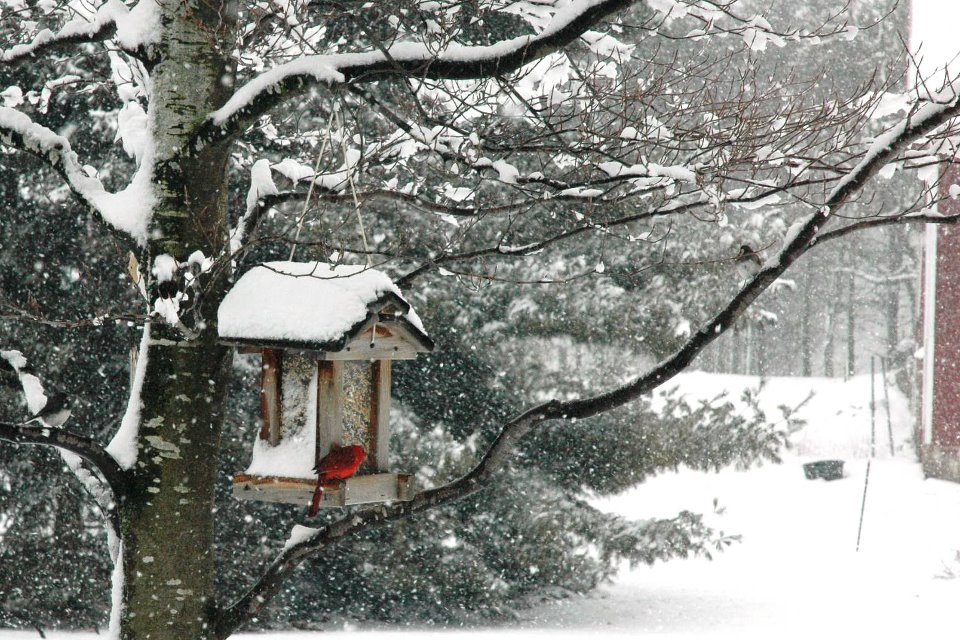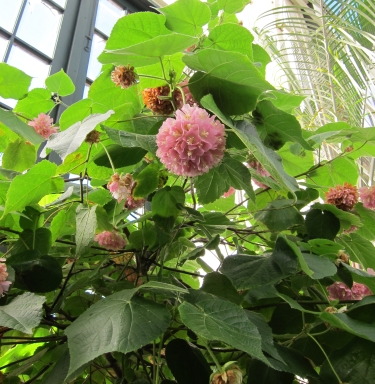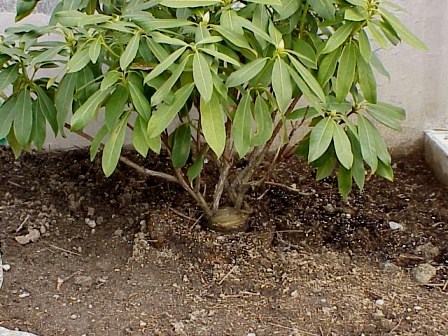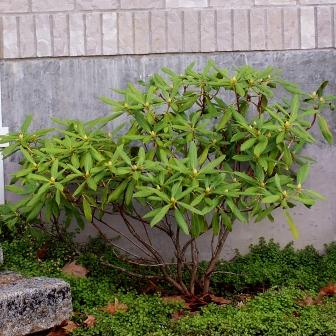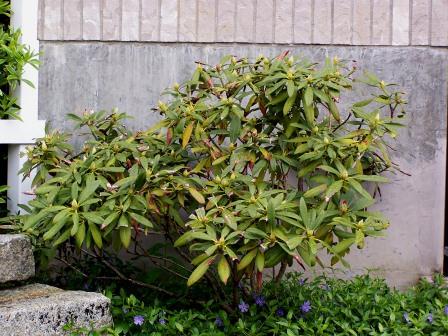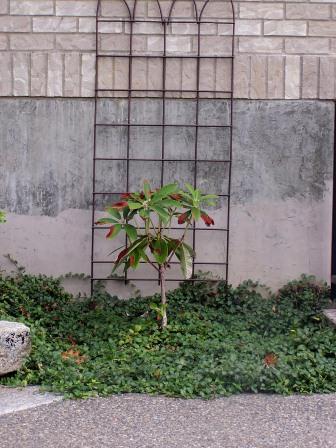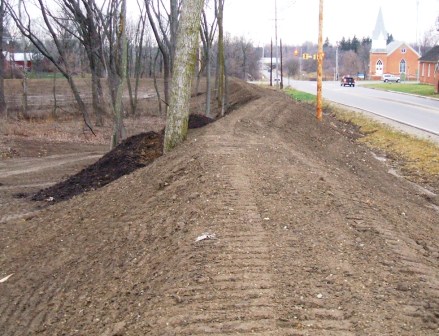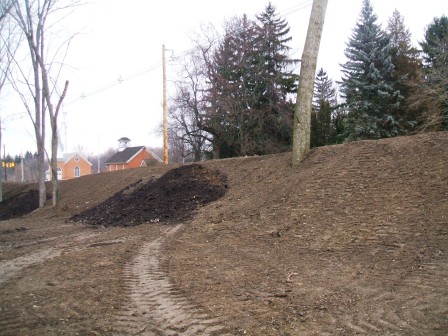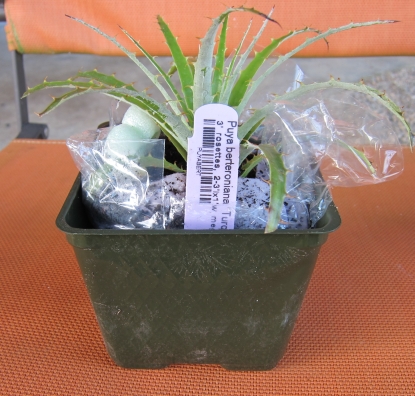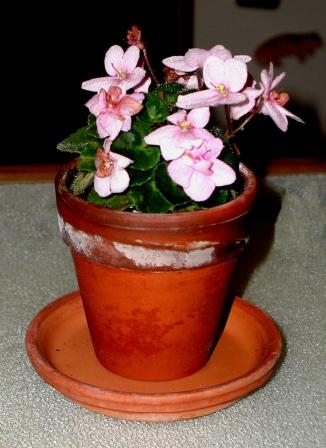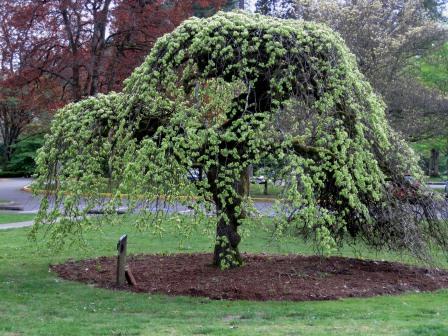
Every once in a while someone sends us a news story or a video to look at critically. A couple of days ago Michael got in contact with us through Facebook and asked us to take a look at a video he saw recently and let him know what we thought of it. This video was posted on Russ Bianchi’s website (he goes by the name Uncle Russ). He includes a short note with the video which says “ALL Genetically Modified Organisms, Ingredients, Crops, Livestock, Food, Drugs, Cosmetics, Beverages, Packaging, Flavors, Fragrances, Colors! Soaps and Detergents are UNSFAE AT0ANY EXPSURE LEVEL and are proven to cause cancers, disease and premature DEATH”. Wow. All that from a video? Must be a heck of a video.
Here’s the video.
As far as I can tell, The party responsible for this video is Media Roots which is defined as “a citizen journalism project that reports the news from outside of party lines while providing a collaborative forum for conscious citizens, artists and activists to unite.” Too bad they didn’t include scientists who know something about genetically modified crops. According to Youtube this video has been viewed over 250,000 times.
I can’t tell you exactly what the other garden professors think of it (it may not be printable), but from my end, much of this video is absolute hogwash.
But, having said that much of this video is hogwash, I must give credit where credit is due. The first part of the film which explains how genes are moved from one organism to another was, in my opinion, pretty well done. Sure, there were parts of it that a serious molecular biologist would complain about, but for the average person I thought it was a nice explanation. In fact, after seeing this first part of the film I was expecting to see some really serious and thoughtful critiques of genetically modified organisms – because there absolutely are some good critiques of genetically modified organisms out there. Unfortunately I was sorely disappointed. Let me go through the major problems that this video raised one by one and explain why they’re faulty arguments (I won’t go through all the problems, just the major ones):
- Genetically Modified crops show lower yields – Yes, this is sometimes true, genetically modified crops aren’t genetically modified to produce more, just to resist certain pests that might reduce yields (or resist certain herbicides that help control pests). So the maximum yield for genetically modified and non-modified crops are usually pretty similar if the farmer growing the non-genetically modified crop controls pests with pesticides, or doesn’t see the pest for some reason.
- Genetically Modified crops have poisons in them – Yes, this is sometimes true. Genetically modified crops may have genes from Bacillus thuringiensis in them (In the video this name was misspelled and the species was capitalized – which is a big deal to a scientist). What the video didn’t mention is that this is an organic pesticide that has been used for years with, as far as we can tell, no adverse effects to humans. The report about people being hurt in the Philippines is a complete red herring. This supposedly occurred in 2003 and all of the data that we have points to a problem besides GMO corn pollen – in fact, the data points to a flu outbreak. This conclusion is strengthened by the fact that GMO corn pollen hasn’t been implicated in a similar incident since then.
- Genetically Modified Insulin is bad! – This one does have a grain of truth. GMO insulin is cheap and available, which is why it is used. In the vast majority of patients there appears to be no difference between it and naturally acquired insulin. But it does seem as though some people do have a negative reaction. It terms of deaths, I can’t find much that is trustworthy to corroborate what was said on the video.
I have been chastised previously for being pro-pesticide, pro-GMO, pro-Monsanto, etc. I don’t blame people for saying this because, let’s face it, I do end up defending these things sometimes because their opponents often use bad science. But saying that I’m for these things is going a little far. There is good science and information out there that calls into question the value of certain pesticides, GMOs, and even Monsanto. Look up the new genetically modified Kentucky bluegrass that may be coming out soon. Look up atrazine. Look up how Monsanto protects its patents. These are things I’m opposed to. Another thing I’m opposed to is saying that something is bad without having a good understanding of it. If you’re going to make a video that 250,000 people watch then do your homework and get as much of it right as you can.

